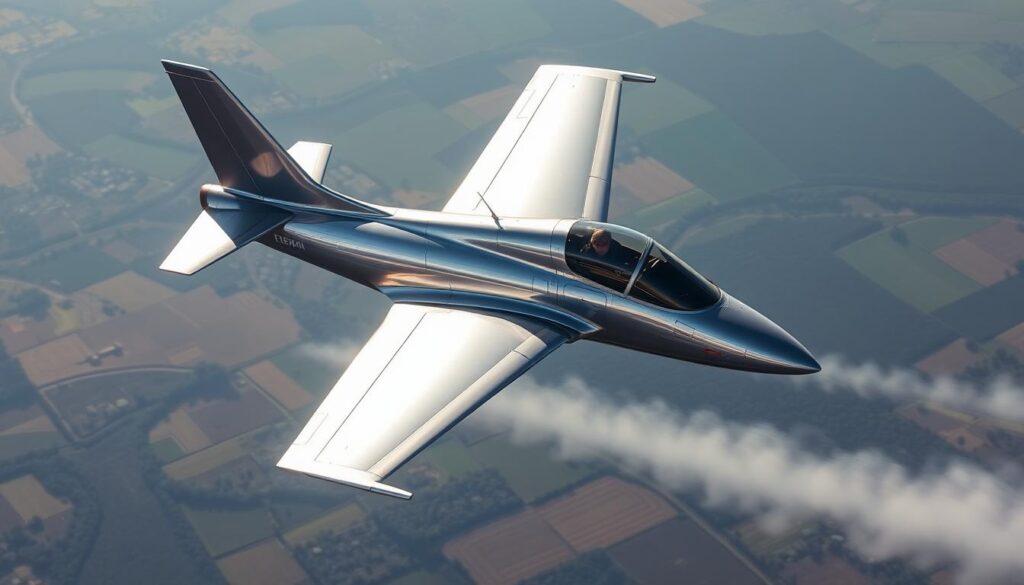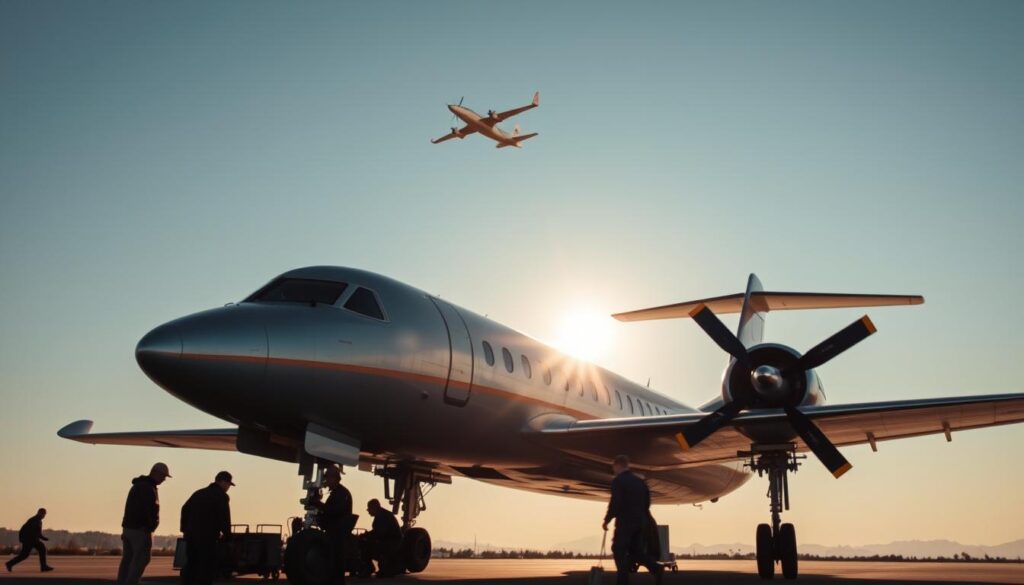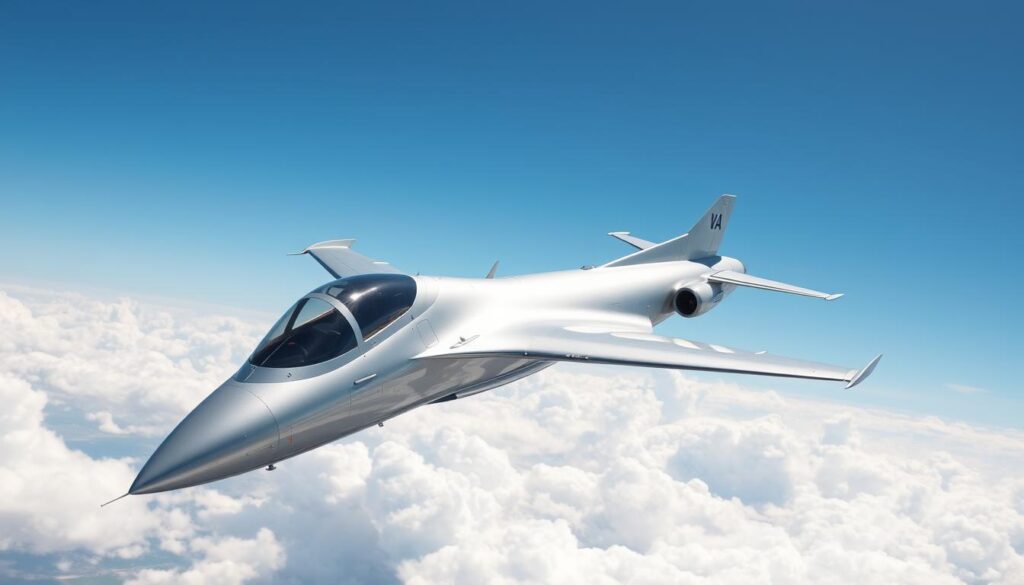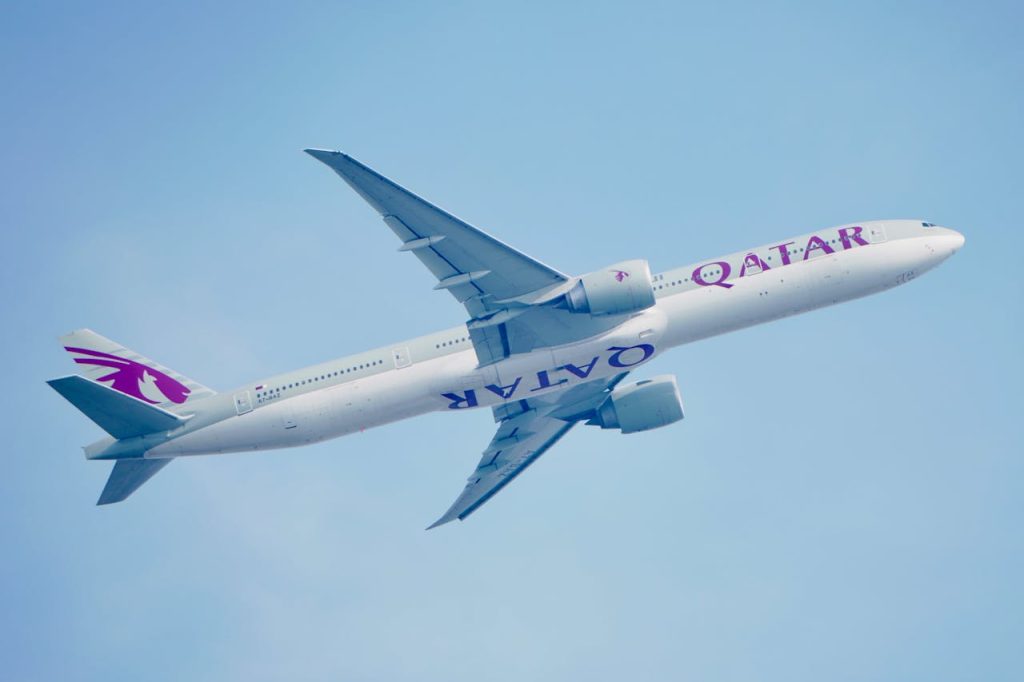Did you know the CASA C-101 Aviojet has helped train over 2,000 pilots since the late 1970s? This military aircraft is not just a jet trainer for the Spanish Air Force. It’s also used for ground attacks. Let’s dive into the CASA C-101 Aviojet’s history, what it can do, and why it’s valuable for air forces around the world.
Key Takeaways
- The CASA C-101 Aviojet has trained over 2,000 pilots since its debut.
- It serves dual purposes as a jet trainer and ground attack aircraft.
- Originally introduced in the late 1970s, its design has evolved but remained effective.
- It is a crucial part of the Spanish Air Force’s training program.
- The aircraft’s versatile capabilities make it popular among international military forces.
- Innovation in avionics keeps the CASA C-101 relevant in modern aerial training.
Introduction
The CASA C-101 Aviojet has made big strides in military flying. It’s not just a well-thought-out design but also a key training tool for military pilots. It does two jobs well: teaching pilots and carrying out light attacks. The CASA C-101 Aviojet’s start in service was a big step forward in military aircraft tech.
We want to explore this aircraft’s story, from its beginnings to what it can do. Diving into the CASA C-101 Aviojet’s details helps us see its role in training and readiness.
Overview of the CASA C-101 Aviojet
The CASA C-101 Aviojet is a top-notch aircraft for both training and fighting. It’s great for teaching new pilots, with lots of useful features and strong performance. Besides training, it’s also a light attack aircraft, known for its speed and power in numerous missions.
This jet comes with high-end tech that makes any air force stronger. Its smart design is perfect for both learning and doing real missions. The cockpit is easy to understand, helping pilots move smoothly from training to combat.
The CASA C-101 stands out in a crowded field, blending training with combat capabilities. It ensures pilots can face many challenges. Known for its reliability, air forces around the world count on this aircraft.
| Feature | Details |
|---|---|
| Role | Jet Trainer / Light Attack Aircraft |
| Avionics | Advanced Digital Systems |
| Design | High-Performance Characteristics |
| Operator Benefits | Enhanced Pilot Training and Combat Readiness |
History of the CASA C-101 Aviojet
The CASA C-101 Aviojet holds an exciting story in the world of military trainers. It was created for the Spanish Air Force to replace outdated training planes. This move was crucial for modernizing their pilot training programs.
Development Timeline and Milestones
The CASA C-101 Aviojet’s journey started with its first flight on June 27, 1977. This event was important for EADS CASA, showing the plane’s promise for military training. After a lot of tests, it was ready for use by 1980. Its addition to the Spanish Air Force marked a big step in Spain’s military aviation history.
Introduction to Service
When it joined the Spanish Air Force, the CASA C-101 became the top training aircraft, known as the E.25 Mirlo. With 151 planes delivered, it brought advanced training to pilots. This helped the Air Force train pilots for modern jets in the ’80s, making the CASA C-101 crucial for Spain’s military.
Specifications of the CASA C-101 Aviojet
The CASA C-101 Aviojet is known for its amazing features. It is popular for training and fighting missions. Its size, weight, and engine power tell us a lot about how well it can move and perform.
Dimensions and Weight
The CASA C-101 Aviojet has a wingspan of 34.8 feet, length of 40.2 feet, and height of 13.9 feet. These measures help it excel in the sky. It weighs about 8,378 lbs when empty and can take off at a weight of 12,346 lbs. This weight limit means it works great under different conditions.
Engine Performance
Its engine, a Garrett TFE731-2 turbofan engine, pushes it forward with 3,550 lbs of thrust. This gives it a thrust-to-weight ratio of 4.7:1. Such power lets the jet fly as fast as 480 mph and climb up to 41,000 feet in the sky. This shows its solid speed and ability to fly high.
| Specification | Value |
|---|---|
| Wingspan | 34.8 feet |
| Length | 40.2 feet |
| Height | 13.9 feet |
| Empty Weight | 3,800 kg (8,378 lbs) |
| Maximum Takeoff Weight | 5,600 kg (12,346 lbs) |
| Engine Type | Garrett TFE731-2 Turbofan |
| Thrust | 3,550 lbs |
| Thrust-to-Weight Ratio | 4.7:1 |
| Maximum Speed | 480 mph (771 km/h) |
| Service Ceiling | 41,000 feet |
Performance Capabilities
The CASA C-101 Aviojet shines in military training and light combat roles. Its impressive flight abilities meet many operational needs. It can climb at about 4,900 feet every minute, showing off the agility needed in modern training.
Furthermore, this aircraft can dive at speeds up to 980 km/h, allowing for quick moves during training and missions. It has a low stall speed of 157 km/h, giving pilots better control. These stats show how well it works for pilots honing their skills in a tough environment.
In summary, the CASA C-101 Aviojet is strong, meeting the demands of training bases and combat readiness. It stands out for its performance, ready for various flight tasks.
Key Features of the CASA C-101 Aviojet
The CASA C-101 Aviojet shines with its key features, making it great for training and operations. Its advanced avionics systems are a major highlight. These provide pilots with top-notch tools for navigation and combat.
Advanced Avionics Systems
The CASA C-101 Aviojet’s avionics include a state-of-the-art Head-Up Display (HUD). This display shows important flight details right in the pilot’s view. Along with an air data computer and mission computer, pilots get all the info they need in real-time. Adding a digital data bus upgrades the aircraft for today’s combat needs.
Cockpit Design
The cockpit of the CASA C-101 Aviojet is designed for both effectiveness and comfort. It has tandem seating, perfect for an instructor and a student pilot. This setup makes learning to fly hands-on and efficient.
It features a hands-on throttle and stick (HOTAS) layout. This lets pilots control the plane and weapons easily. The aircraft also has a pressurized cabin and an advanced air conditioning system. These ensure the pilots are comfortable, regardless of the weather outside.
| Feature | Description |
|---|---|
| Avionics Systems | Includes HUD, air data computer, and mission computer for enhanced navigation and weapon system management. |
| Cockpit Design | Tandem seating with HOTAS layout for instructor and student, increasing training efficiency. |
| Comfort Features | Pressurized cockpit with advanced air conditioning for improved pilot comfort during flights. |
Operators of the CASA C-101 Aviojet
The CASA C-101 Aviojet is used by many around the world. The Spanish Air Force was the first to use it, getting 88 for training. This shows how important the plane is to Spain’s air force.
Countries outside Spain also use the CASA C-101 Aviojet. Chile uses 35 of them for training and light attacks, and has another 23 just for attacks. These versions show how versatile the plane is.
Honduras has 4 of these planes, used for both training and combat. Jordan uses 16 for attacks, showing more countries like this plane.
More than 166 of these planes have been made, used for different things in the air. For more details on who uses these planes, see this overview.
| Country | Models Received | Quantity |
|---|---|---|
| Spain | Trainer Models | 88 |
| Chile | T-36 / A-36 “Halcon” | 58 |
| Honduras | Trainer/Light Strike Models | 4 |
| Jordan | Light Strike Platforms | 16 |
Variants of the CASA C-101 Aviojet
The CASA C-101 Aviojet is known for its different models. These models make the plane very versatile and useful. Each type has features that meet the needs of its users while keeping its main qualities.
C-101EB and C-101BB Models
The C-101EB is mainly a training aircraft for the Spanish Air Force. It’s great for teaching new pilots basic skills before they move on to more complex planes. The C-101BB, however, can do more by combining training with light attack roles. This makes it very useful for armies that want a plane for both teaching pilots and carrying out missions.
C-101CC and C-101DD Variants
The C-101CC variant focuses more on light attack tasks, perfect for countries like Chile and Jordan. It has features that make it better in fight situations. The C-101DD takes it a step further with newer technology for handling difficult attacks. But, it hasn’t been made much because military groups haven’t shown enough interest.
The Role of the CASA C-101 Aviojet in Modern Training
The CASA C-101 Aviojet is key in training today’s military pilots. It’s not just any plane; it’s a mix of a top jet trainer and a light attack craft. This mix helps air forces make their training better and get pilots ready for action.
From what we’ve seen, the C-101 is awesome for teaching pilots important flying skills. Its design lets instructors easily show different flying moves and combat tricks. Thanks to its good control and strong performance, it’s a favorite for training military flyers.
Also, this plane comes with high-tech avionics. This means pilots get to practice with systems they’ll use in real missions. Learning on the C-101 Aviojet gets pilots ready for tougher planes and ensures they master flying.
As flying tech gets more advanced, the C-101 Aviojet keeps being essential for training new pilots. It provides a dependable place for them to learn, helping air forces around the globe stay ready for anything.

Combat Capabilities
The CASA C-101 Aviojet is mainly for training but shines in combat too. It proved its worth in the Cenepa War, showing it’s more than a trainer. This jet can carry different weapons, making it great for light attacks and supporting troops from the air.
It’s armed with a 30 mm cannon and machine guns for hitting ground targets. It can also haul up to 2,220 kg of bombs and missiles. This makes it very flexible in battle. With air-to-ground missiles, it can strike enemies with accuracy.
The CASA C-101 has a combat range of 519 km, fitting for many missions. It has a big internal weapons bay, making it versatile for military goals. For more details, check out this link.
Production and Export Success
The CASA C-101 Aviojet is a big win in aerospace engineering with 166 units made. This number shows its strong demand worldwide, making it known in the global market. Its export success is due to its appeal to many air forces, thanks to its versatility and strong performance.
The Spanish Air Force’s team, Patrulla Águila, has played a big part. Their use of the CASA C-101 Aviojet has made it more popular and shown its value. This has helped create a good image for those looking to buy high-quality training aircraft.
| Country | Number of Units | Year of First Delivery |
|---|---|---|
| Spain | One Hundred | 1980 |
| Ecuador | Ten | 1994 |
| Chile | Six | 1995 |
| Morocco | Seventeen | 1999 |
The CASA C-101 Aviojet’s export success shows how well it meets military training needs. As military aviation advances, the demand for such adaptable aircraft will increase. This opens doors for more progress and chances in the world’s defense markets.
Service Life and Upgrades
The CASA C-101 Aviojet is a strong plane that has lasted a long time. We’ve made many upgrades over its life that have made it much better. These changes help it stay useful in the quickly changing world of military planes.
We’ve greatly improved the avionics systems, which helps us do missions better. Better navigation systems let us fly with more accuracy. Plus, we’ve upgraded its weapons capabilities so it can carry more kinds of bombs and missiles.
These upgrades don’t just help us do things better; they also let us meet new fighting needs. Updating the flight control systems has made the plane easier to fly and perform better. This means it can be used longer. By using new technology and adding modern features, we make sure the CASA C-101 Aviojet stays ahead in the game.

Conclusion
The CASA C-101 Aviojet is a key part of military aircraft history. It shows the excellence of Spanish aerospace engineering. This aircraft has been great as both a jet trainer and a light attack aircraft. It shows how adaptable it is.
This plane’s legacy is still strong as we look to the future. It keeps meeting the changing needs of air forces worldwide. This shows it still has a big role in military flying. The updates it has received help it stay relevant among newer technologies.
Overall, the CASA C-101 Aviojet mixes old and new, showing its value in aviation history. We should be proud of its success. It has served us well and helped lead to new developments in military planes.


